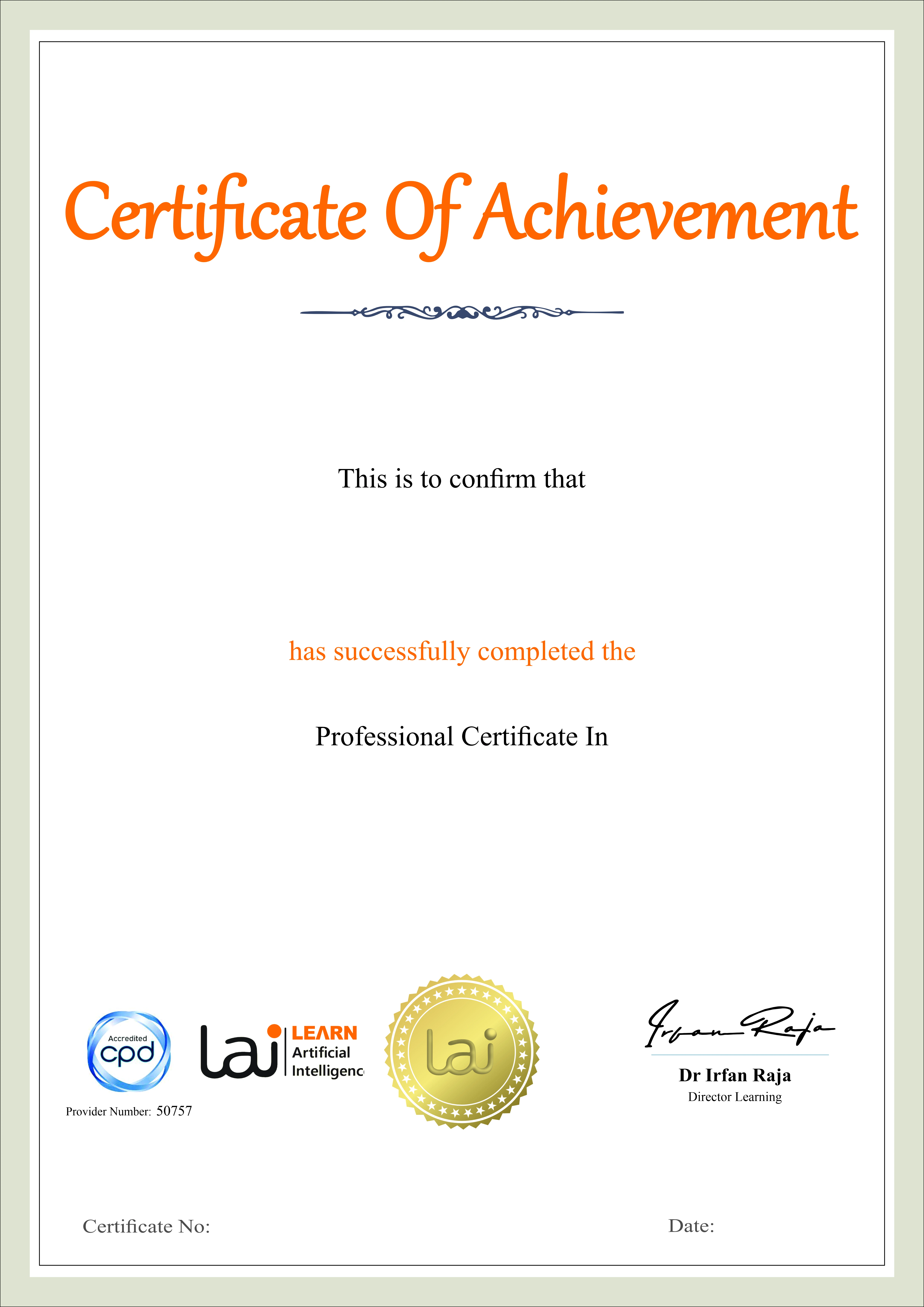The Image Processing and Analysis course is designed to provide a deep dive into how computers interpret, manipulate, and enhance digital images using modern AI techniques.
Image Processing and Analysis
The Image Processing and Analysis course is designed to provide a deep dive into how computers interpret, manipulate, and enhance digital images using modern AI techniques. From foundational concepts to advanced machine learning applications, this course explores how data is extracted from images for real-world problem solving. Whether it's for facial recognition, medical imaging, satellite data interpretation, or developing an artificial intelligence photo enhancer, the skills covered in this course are invaluable for professionals across industries.
This course emphasizes practical, hands-on learning, combining theoretical principles with coding exercises and AI model implementation. You'll also explore how cutting-edge ensemble learning techniques like bagging, boosting, and stacking play a role in improving the accuracy and reliability of image analysis systems.
This course is perfect for individuals interested in visual computing, AI, or data science. Whether you are a beginner exploring the world of image processing or an experienced developer seeking to build AI-powered applications like artificial intelligence photo enhancers, this course caters to all. It is especially beneficial for software engineers, computer vision enthusiasts, researchers, and students in machine learning fields who want to gain expertise in image data analysis. A basic understanding of Python and machine learning is helpful but not mandatory, as the course is structured to support learners from foundational to advanced levels.
Understand the principles and applications of image processing and analysis.
Apply key techniques for image enhancement, segmentation, and transformation.
Use AI algorithms to build intelligent systems that interpret image data.
Implement ensemble learning strategies to improve model robustness and accuracy.
Develop tools and solutions like artificial intelligence photo enhancers.
Evaluate and optimize machine learning models for better image recognition performance.
Use tools such as OpenCV, scikit-learn, and XGBoost for practical image analysis tasks.
Handle real-world datasets and extract meaningful insights from image-based data.
-
Explore the basics of digital image representation, pixel-level operations, colour models, and the role of image processing in AI applications.
-
Learn about filtering techniques, histogram equalization, edge detection, noise reduction, and preparing data for analysis.
-
Understand region-based segmentation, contour detection, object recognition, and feature descriptors (SIFT, SURF, ORB).
-
Dive into supervised and unsupervised learning for image data, including k-NN, SVM, and clustering techniques.
-
Discover how CNNs are applied in image classification, facial recognition, and real-time object detection.
-
Create AI models that automatically enhance photo quality, colour balance, sharpness, and resolution using deep learning.
-
Explore ensemble methods including bagging, boosting, and stacking to enhance prediction accuracy in image recognition tasks.
-
Evaluate models using accuracy, precision, recall, and F1-score. Implement case studies involving medical imaging, autonomous vehicles, and more.
Earn a Professional Certificate
Earn a certificate of completion issued by Learn Artificial Intelligence (LAI), accredited by the CPD Standards Office and recognised for supporting personal and professional development.

Key Aspects of Course

CPD Accredited
Earn CPD points to enhance your profile

Free Course
This course is free to study

Self-Paced
No time limits or deadlines

Flexible & 24/7 Access
Learn anytime, anywhere

Build In-Demand Skills
Get job ready

Updated AI Skills
Stay current with AI advancement

Global Learning
Accessible Worldwide

Premium Materials
High-quality resources

Employer Approved
Boost your career prospects



